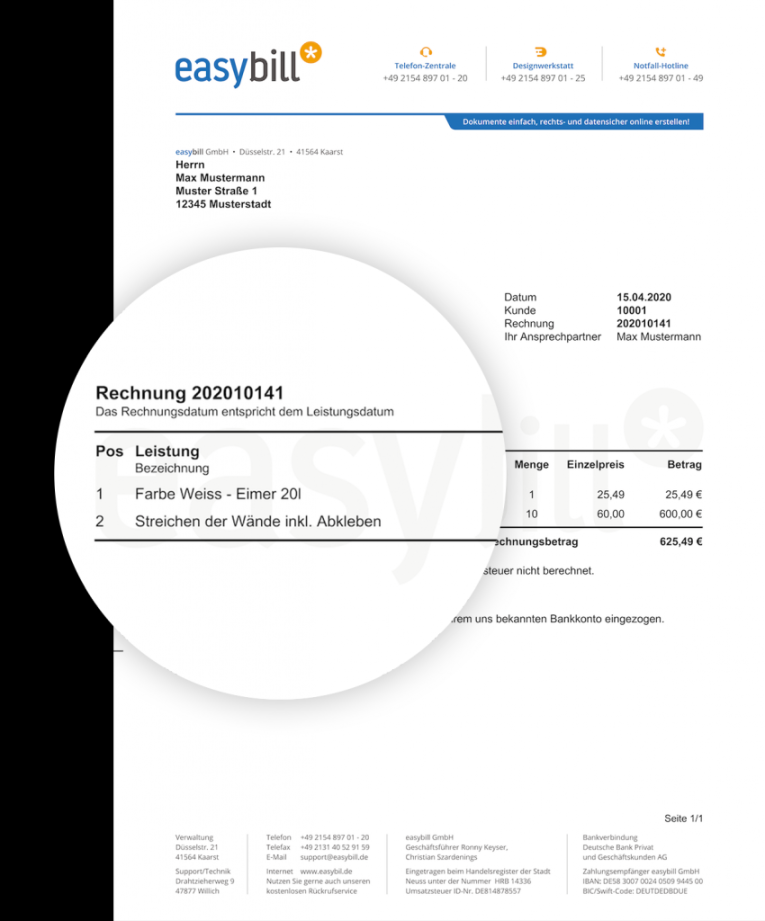Invoice Template Word 2010 is a crucial tool for businesses of all sizes. It provides a standardized format for detailing the goods or services provided, the corresponding costs, and the payment terms. A well-designed invoice template not only streamlines the billing process but also enhances the professional image of your business.
Design Elements for a Professional Invoice

1. Header: The header should prominently display your company’s name, logo, and contact information. The logo should be visually appealing and representative of your brand. Include your company’s address, phone number, email address, and website URL.
2. Invoice Number: Assign a unique invoice number to each document. This helps with tracking and reference. You can use a simple sequential numbering system or incorporate a more complex format that includes the year and other relevant details.
3. Invoice Date: Clearly indicate the date the invoice is issued. This is essential for tracking payment due dates and for tax purposes.
4. Client Information: Include the client’s name, company name (if applicable), address, and contact information. Verify the accuracy of this information to avoid errors and delays in payment.
5. Invoice Terms: Specify the payment terms, such as “Net 30 days,” “Due upon receipt,” or “Payment plan.” This ensures that clients understand the expected payment schedule.
6. Itemized List: Create a detailed list of the goods or services provided. Include the quantity, description, unit price, and total cost for each item. Use clear and concise language to avoid confusion.
7. Subtotals and Taxes: Calculate and display the subtotal, sales tax (if applicable), and any other relevant taxes or fees. Ensure that the calculations are accurate to avoid errors.
8. Total Amount Due: Clearly indicate the total amount due, including the subtotal, taxes, and any additional charges.
9. Payment Information: Provide instructions for payment, such as the preferred method (check, credit Card, bank transfer), payee information, and any necessary reference numbers.
10. Footer: The footer should include your company’s tagline or slogan, a copyright notice, and any additional legal disclaimers. You may also include a “Thank you” message to express appreciation for the client’s business.
Formatting and Layout
Font: Choose a professional and legible font that is easy to read on both screen and paper. Sans-serif fonts like Arial or Helvetica are common choices for invoices.
Customization and Branding
Company Branding: Incorporate your company’s branding elements into the invoice template, such as your logo, color scheme, and font style. This helps to create a cohesive and professional look.
By following these guidelines and paying attention to the design elements that convey professionalism and trust, you can create a high-quality invoice template that effectively represents your business and facilitates the billing process.